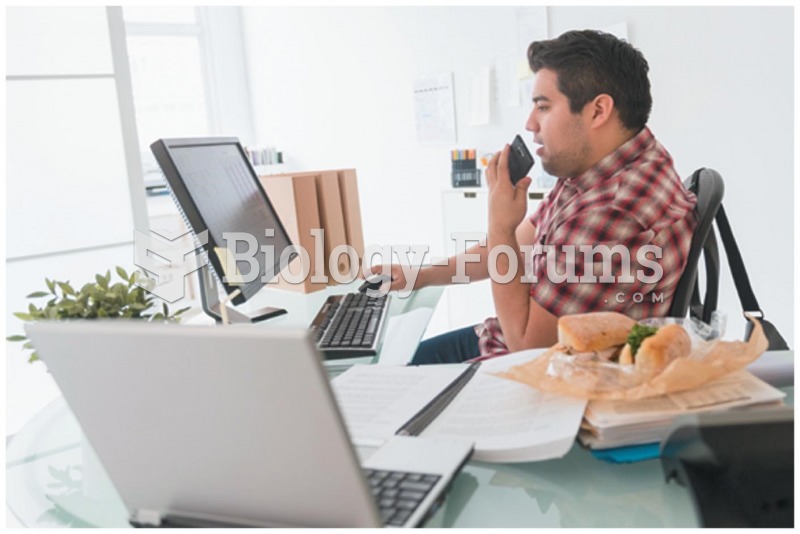Answer to Question 1
Correct Answer: 3
Rationale 1: Alzheimer disease is a degenerative disorder characterized by progressive memory loss, confusion, and inability to think or communicate effectively.
Rationale 2: Alzheimer disease is a degenerative disorder characterized by progressive memory loss, confusion, and inability to think or communicate effectively.
Rationale 3: Huntington chorea is a disorder characterized by involuntary muscle spasms and rigidity plus progressive dementia.
Rationale 4: Alzheimer disease is a degenerative disorder characterized by progressive memory loss, confusion, and inability to think or communicate effectively.
Global Rationale: Huntington chorea is a disorder characterized by involuntary muscle spasms and rigidity plus progressive dementia. Alzheimer disease is a degenerative disorder characterized by progressive memory loss, confusion, and inability to think or communicate effectively.
Answer to Question 2
Correct Answer: 2
Rationale 1: Confusion and difficulty in performing activities of daily living are not associated with Parkinson disease.
Rationale 2: History of a brain injury and nonintentional tremor are classic signs associated with secondary Parkinson disease.
Rationale 3: Progressive memory loss and history of fatigue are not associated with Parkinson disease.
Rationale 4: While history of a motor vehicle accident might be associated with secondary Parkinson disease, involuntary muscle spasm is not.
Global Rationale: History of a brain injury and nonintentional tremor are classic signs associated with secondary Parkinson disease. Confusion, difficulty in performing activities of daily living, progressive memory loss, a history of fatigue, and a history of motor vehicle accidents are not associated with Parkinson disease.







